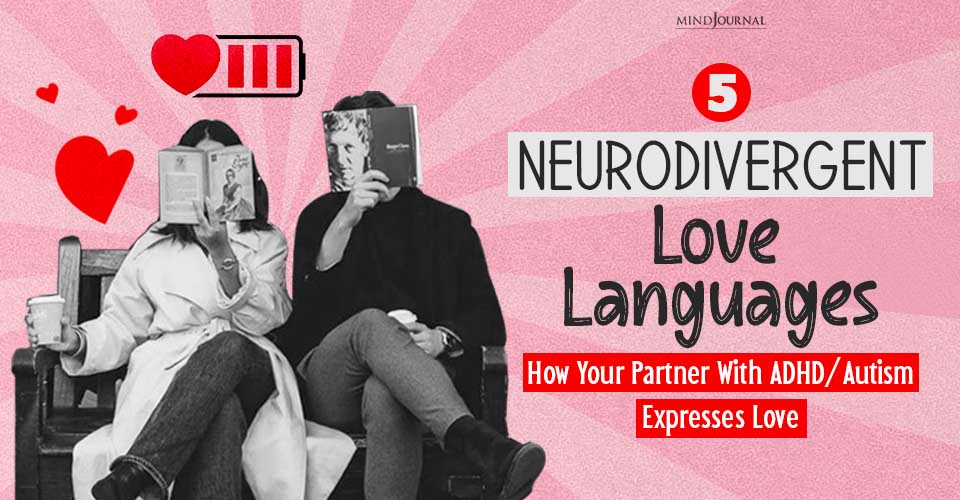Every relationship needs to have certain elements in it to be an intimate one. And without these elements, there is no hope of your relationship being a truly healthy and happy one.
For the past three years, I have had the pleasure of teaching the course “Psychology of Relationships” to eager students yearning to learn about the nature of human relationships, and hopeful to glean some scientific insight into how to improve their own. What I have found that my students enjoy learning most, perhaps given the current climate of casual relationships which can go ill-defined, are the key factors which make an intimate relationship namely that—intimate.
As per Miller’s (2014) summary of the works of Ben-Ari and Lavee (2007), the happiest intimate relationships differ in contrast to casual relationships in seven distinct ways.
Here Are The 7 Elements That Define an Intimate Relationship
1. Knowledge
When forming deep, intimate relationships, we share a vast amount of personal information that we wouldn’t necessarily feel comfortable sharing with others. Of course, the amount of information may differ from one person to the next; research shows that women, on average, tend to share more intimate information with their friends as well as partners, in comparison to men, who generally reserve more intimate topics for their partners.
Nonetheless, with our intimate partners in healthy relationships, we feel safe sharing our deepest dreams, desires, fears, past histories, traumas, and goals for the future. Generally, this is a reciprocal and gradual process.
2. Interdependence
Intimate relationships also tend to be highly interdependent, wherein each partner influences the other meaningfully, frequently, and vastly, in terms of topic and importance. This can range from choosing what to eat for dinner to where to live.
Related: 9 Thoughts That Prove You’re In A Genuinely Healthy Relationship
3. Care
Care is another hallmark of healthy intimate relationships. There is a considerable amount of care each partner places in the other, and this differs from the care that one would typically display to another, non-intimate person. Intimate partners thus show concern for each other’s well-being, comfort in times of distress, and safekeeping the other from harm.
While the display of care can differ from one person to the next (as a function of communication style or differing displays of affection, for instance), intimate partners tend to display genuine, selfless care for each other.
4. Trust
In my opinion, trust is what holds the other six components of intimacy together. Trust is a difficult concept to discuss because of its complexity, but we certainly feel it even without fully being able to define it.
In my estimation, trust is the confidence that we place in another human being to act in a way of honor and fairness that is of benefit to us, or at the very least, that our partner will not cause us purposeful harm.

Read 8 Profound Lessons Intimate Relationships Teach Us
5. Responsiveness
Healthy intimate relationships involve partners who are mutually responsive to each other’s needs. This means recognizing, understanding, and supporting each other, both in times of pain (e.g., losing a parent or a job) and gain (e.g., getting a promotion, announcing a pregnancy).
When each partner feels like the other meets his or her needs, this culminates in feeling appreciated and loved.
6. Mutuality
After a certain point within a healthy intimate relationship, each partner recognizes a close connection and changes his or her view from “me” to “we.” For instance, wherein at the beginning of a relationship, a partner may say, “Mark and I are going to out of town this weekend,” when the relationship deepens, both partners change their view of themselves, as well as their lexicon: “We are going out of town this weekend.”
Related: The 7 Fundamental Elements Needed In A Healthy Relationship
7. Commitment
Lastly, within healthy intimate relationships, there is a mutual volition for wanting the relationship to continue indefinitely, which further allows the other six components of intimacy to grow.
With the idea that the relationship is to continue for an indeterminate amount of time, it allows for trust to continue to deepen, common knowledge to further be shared, mutuality to envelop, care to be shown, and continual effort be put into responsiveness and interdependence for both partners.
References:
Ben-Ari, A., & Lavee, Y. (2007). Dyadic closeness in marriage: From the inside story to a conceptual model. Journal of Social and Personal Relationships, 24(5), 627-644. Miller, R. (2014). Intimate relationships. McGraw-Hill Higher Education.
Written By Mariana Bockarova
Originally Published In Psychology Today
These seven elements are crucial to having a truly intimate and happy relationship. No matter how different you and your partner are from each other, as long as your relationship has these virtues, you have nothing to worry about. Focus on these, and just see how your relationship keeps on getting better with time.












Leave a Reply